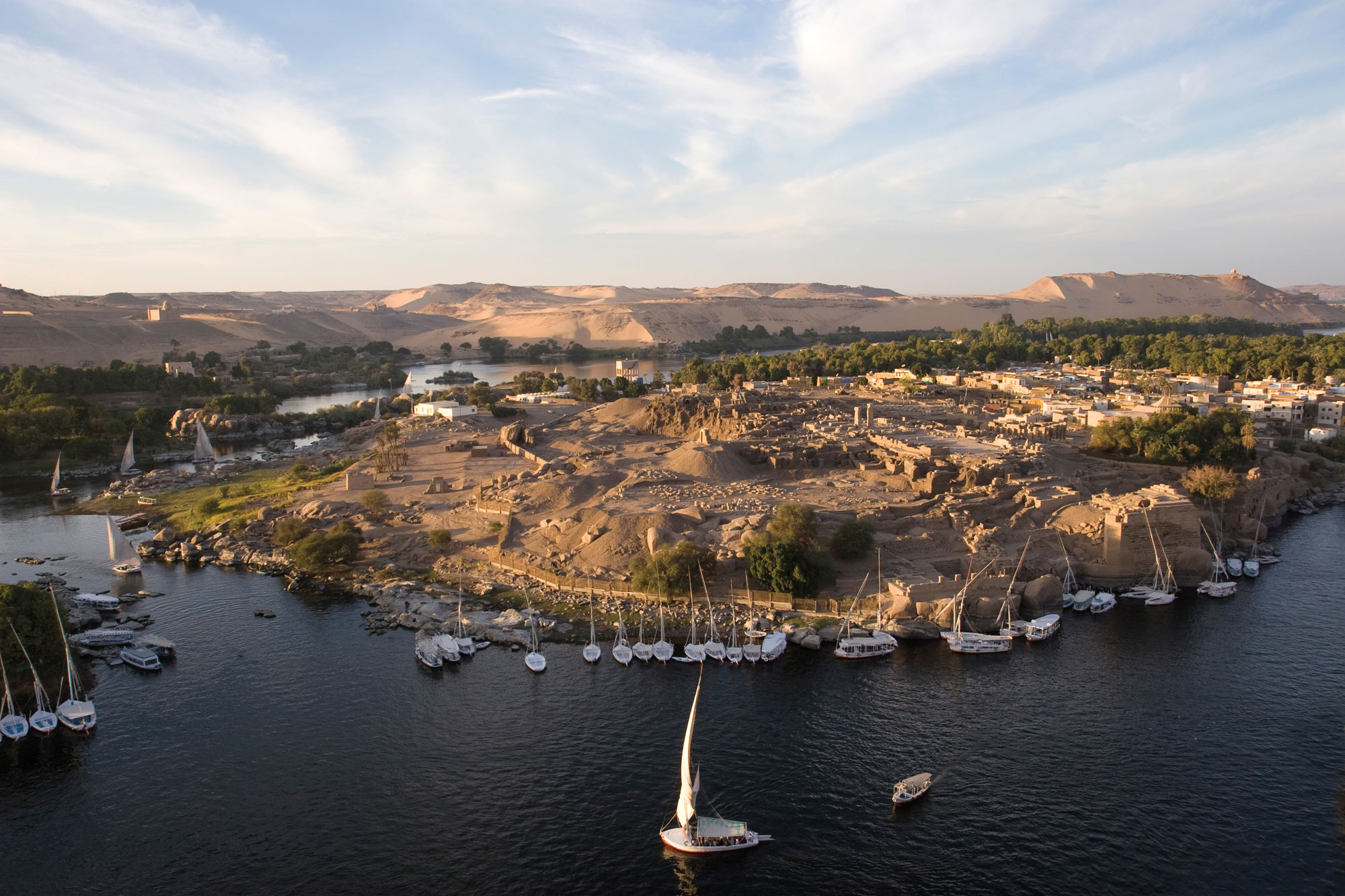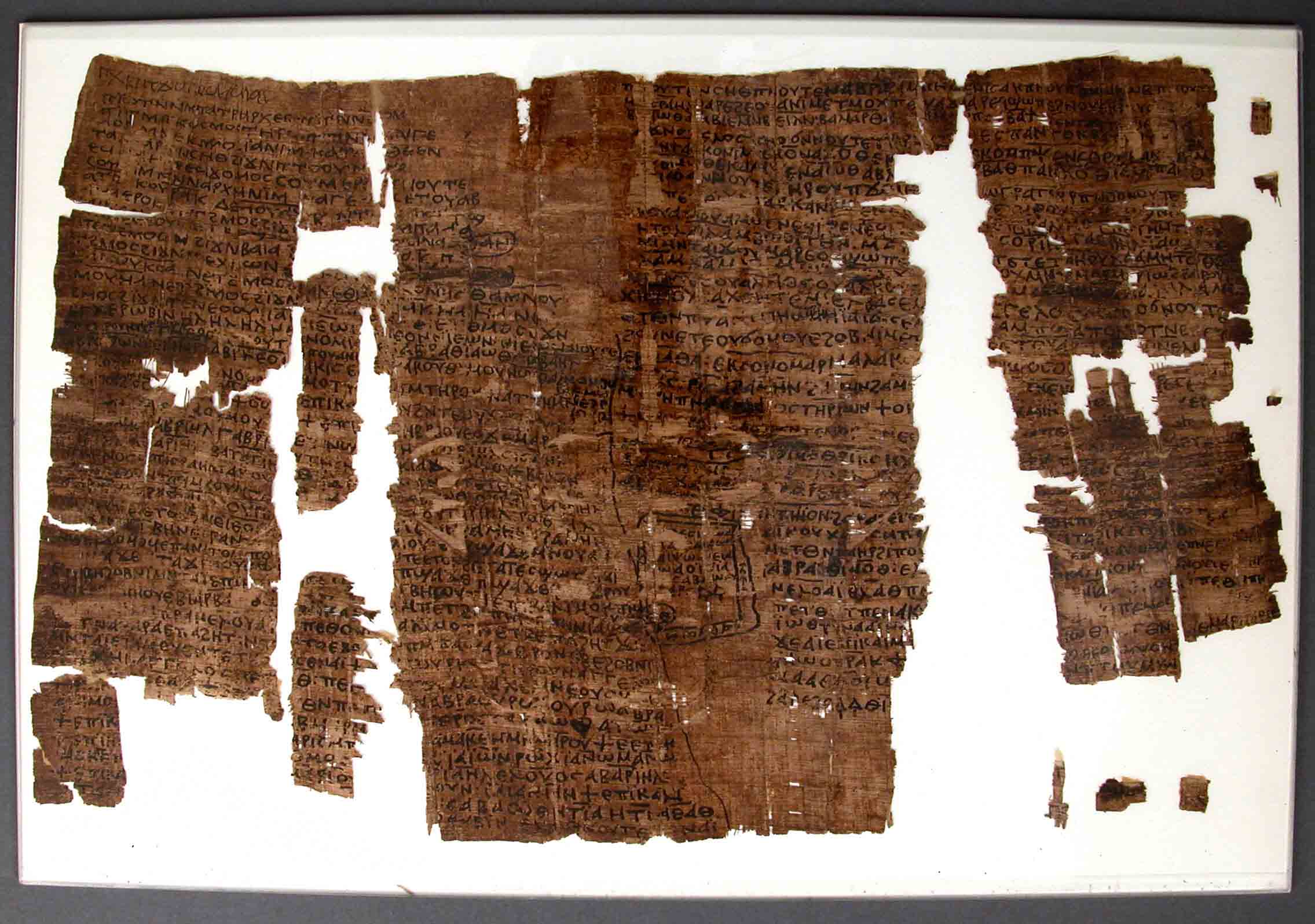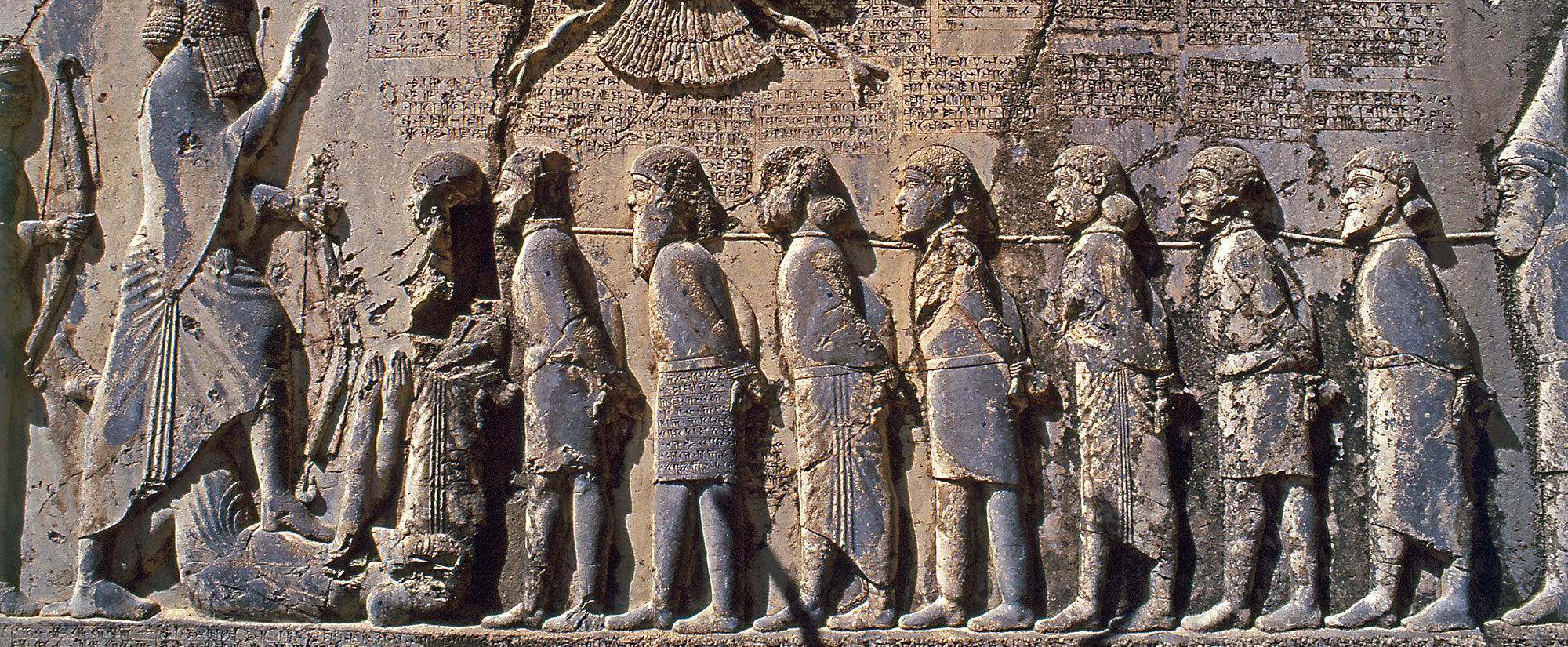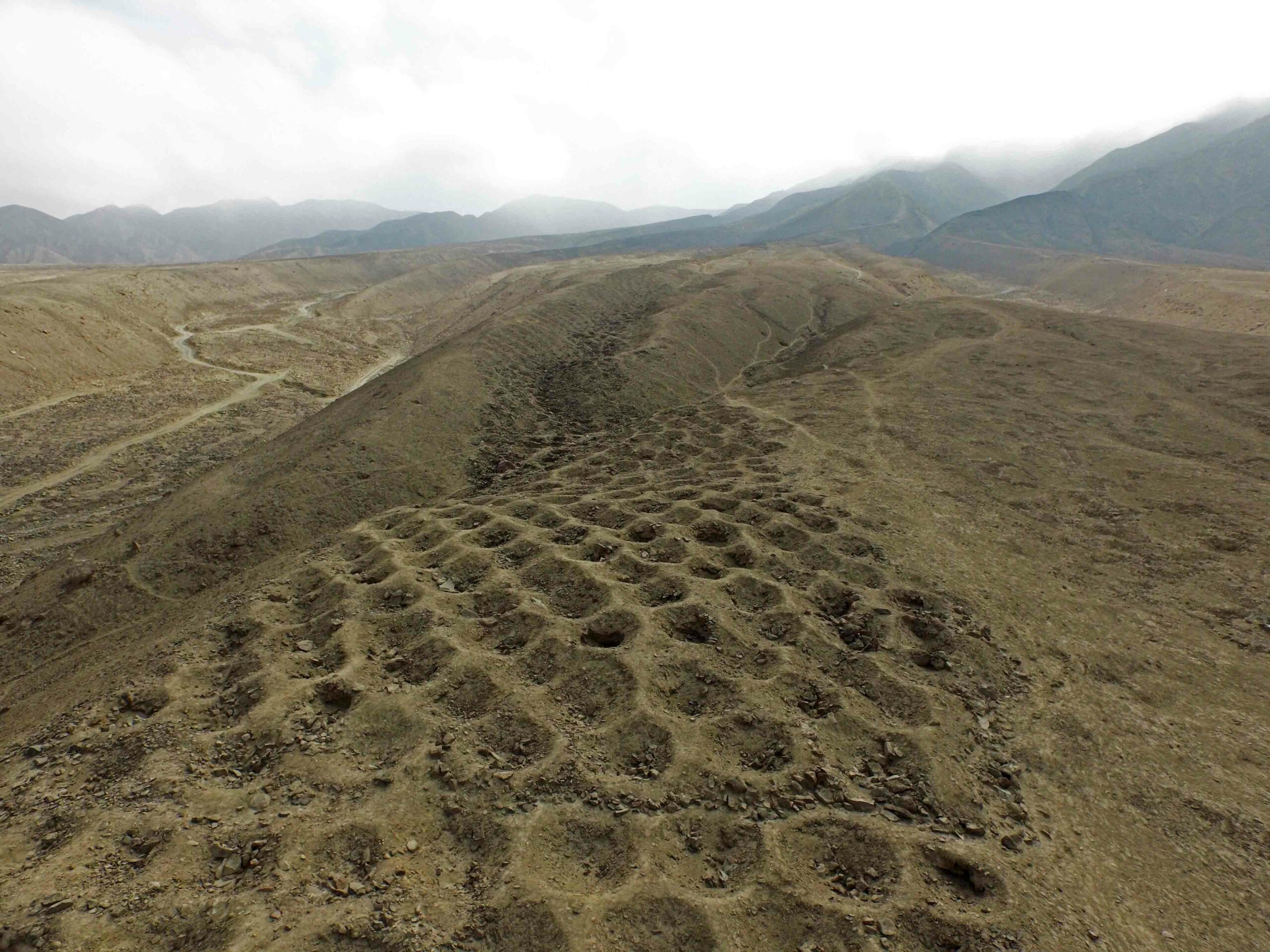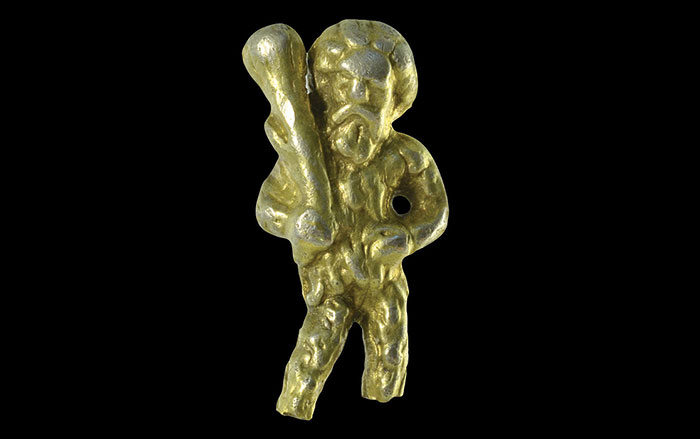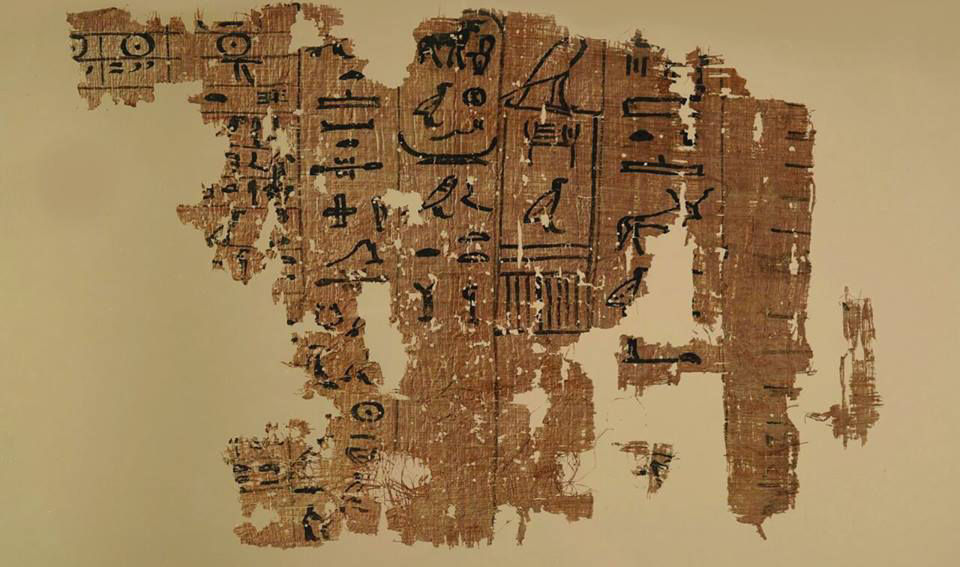
CAIRO, EGYPT—A logbook containing records of the building of the Great Pyramid of Giza has gone on display at the Egyptian Museum in Cairo, according to a report from Live Science. The largest of the three pyramids on the Giza Plateau, the Great Pyramid was built to honor the pharaoh Khufu and originally stood 481 feet tall. The papyrus logbook was written in hieroglyphics by an inspector named Merer who oversaw a team of some 200 workers. Discovered in 2013 at the Red Sea harbor of Wadi al-Jarf by archaeologists Pierre Tallet and Gregory Marouard, the 4,500-year-old logbook is the oldest papyrus document to have been found in Egypt. Its entries are dated to the 27th year of Khufu’s reign, when the major remaining building task involved assembling the limestone casing that would cover the outside of the pyramid. Merer detailed the route by which the limestone was transported to the pyramid site from a quarry near present-day Cairo via boat along the Nile and a network of canals—a trip that took four days in all. For more, go to “Egypt’s Immigrant Elite.”



